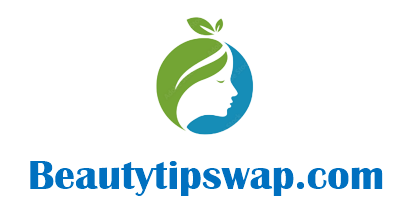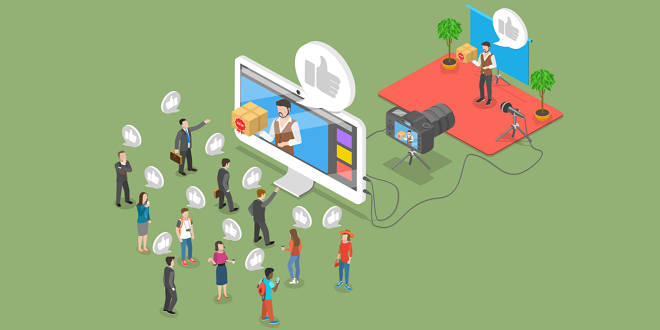Energizing Employees within Your Company for Social Influence

Until the beginning part of this decade, enterprise software looked and felt very different from the software that was designed for consumers. Enterprise software helped businesses manage customer relationships, handle knowledge management, communicate internally, and handle company operations focused on addressing the needs of IT managers more than the employees who were the users of the software. Emphasis was put on security, compliance, system control, interoperability, and maintenance and strangely less on what employees wanted or needed. The fact that the software buyers (the IT managers) weren’t the users (the employees) was largely to blame for this state of affairs. And then something changed.
When employees went home in the evenings, the software that they were using for their personal lives (Web or otherwise) was progressively a lot better designed and easier to use. And more than that, the software allowed them to contribute content, share, comment, and connect with each other. Savvy technology companies realized that there was an opportunity to make enterprise software more like consumer software and social-oriented Web sites to better meet the needs of companies.
Steadily, these consumer-centric solutions gained traction in the corporate world, as employees started to discover that they could find free (or nearly free) and easy-to-use tools on the Internet. They could install these tools on their machines or access them online to do their jobs better. This consumerization of enterprise software forced IT managers to reevaluate how they chose software and how strict their security policies were. And with that, the Enterprise 2.0 transformation was born.
In this chapter, I discuss how you can practice social influence marketing within your own company by encouraging collaboration, knowledge sharing, and communication. I also discuss the different tools that you can use to help you in this endeavor. After all, if you want your customers to influence each other about your brand and product, you might want to start by figuring out how you can encourage employees to positively influence each other as well.
I included this chapter in the book because if you plan to engage with consumers across the Internet and practice social influence marketing, you had better be practicing those philosophies in your own backyard, too. It’s one of the best ways to learn about social influence marketing to practice those philosophies internally within your organization.
Enterprise 2.0 is the use of social software platforms within companies, or between companies and their partners or customers, according to Andrew McAfee, a Harvard Business School professor who coined the term. These software platforms borrow design philosophies, features, and even technology standards from the Web sites and Web software that pervade the Internet.
Every day, more companies install these social software platforms because they want their employees to collaborate, communicate, share, and organize into communities of interest the way they do in their personal lives. There’s no reason why your employees shouldn’t use software built on these consumer-oriented design philosophies, with the collaboration layer built into the core software like wikis, blogs, discussion forums, and microblogging solutions.





